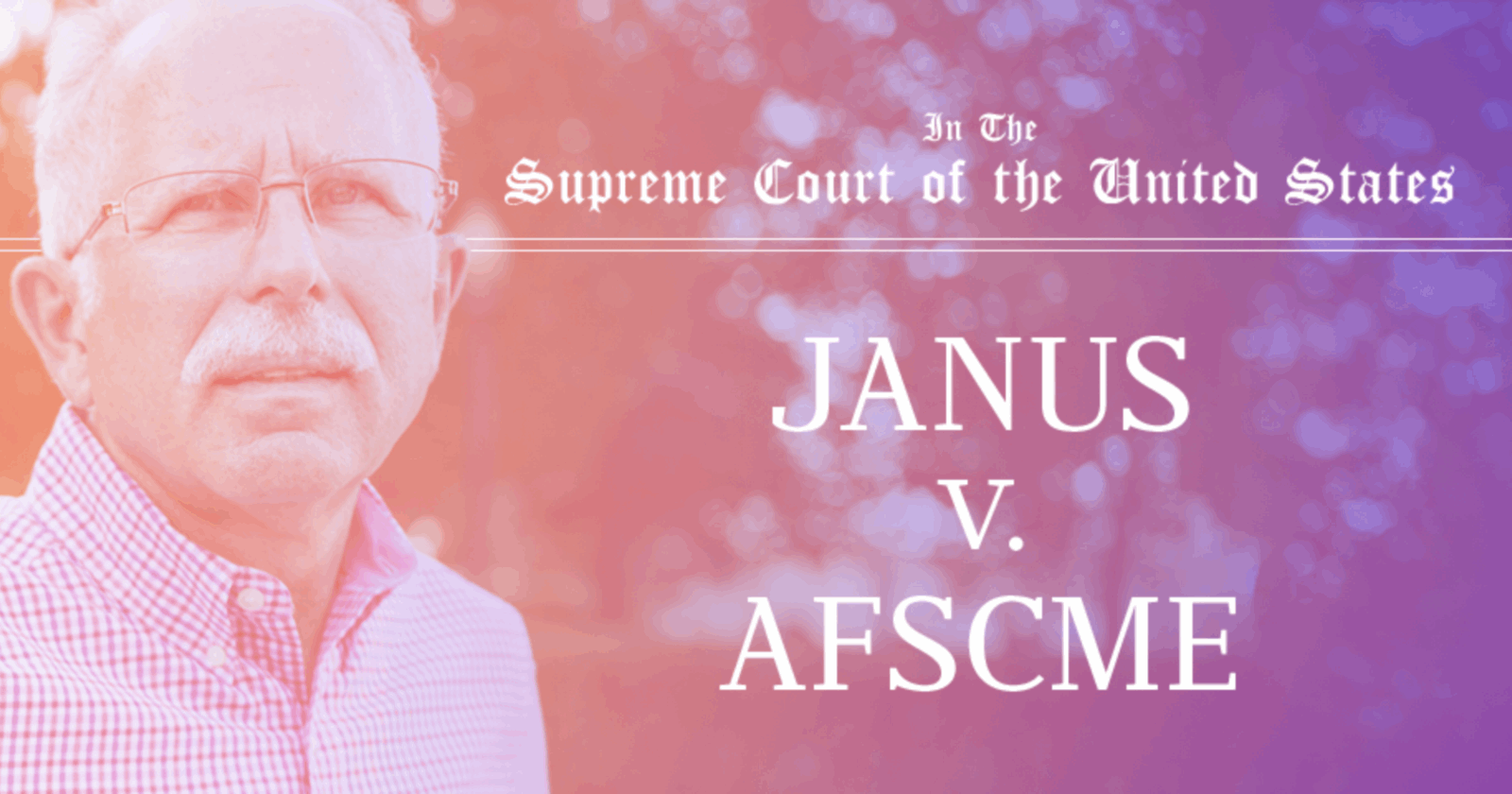The Kansas Department of Labor put its own spin on bad economic news earlier this week. Kansas’s unemployment rate dipped last month, mostly because about 17,600 individuals dropped out of the labor market. The press release from KDOL makes no mention of the large workforce drop but leads readers to believe it was caused by small job gains.
According to the Kansas Department of Labor’s December report, the state’s seasonally adjusted civilian labor force included 1,507,057 employees compared to 1,524,683 the month before. With the unemployment rate determined by dividing the number of unemployed by the total workforce, KDOL shows the rate dropping from 5.1% in November to 3.8% in December.
Michael Austin, director for the Sandlian Center for Entrepreneurial Government at Kansas Policy Institute, says people leaving the workforce caused most of the decline. (KPI owns the Sentinel.)
“When Kansans stop looking for work, they are not counted in the labor force as unemployed,” Austin said. “If these Kansans stayed in the labor force and looked for jobs, the unemployment rate would be more than a percentage point higher.”
 The adjacent table shows that by reducing the number of unemployed by the increase in employment and not reducing the labor force, the unemployment rate would be 4.9%, only marginally below the November rate of 5.1%.
The adjacent table shows that by reducing the number of unemployed by the increase in employment and not reducing the labor force, the unemployment rate would be 4.9%, only marginally below the November rate of 5.1%.
But that’s not the only misleading aspect of KDOL’s press release.
Labor department conflates jobs report with unemployment report
The Kansas labor department pointed to numbers from the monthly Current Employment Survey (CES) to suggest private sector jobs helped lower the unemployment rate. But the two surveys cannot be used for comparison, says Austin.
The CES survey is a survey of jobs from businesses and includes data from a sampling of businesses. The Household Survey, the survey that produces unemployment rates, is based on a sampling of households by the U.S. Census. The Household Survey uses a broader definition of a job. It includes individuals who work for themselves in unincorporated businesses, for instance.
“Jobs growth comes from a jobs survey of companies about the number of employees they have,” Austin said. “The unemployment rate comes from an employment survey asking individuals if they have a job. These two survey pools are related but are not the same.”
He explained that the jobs survey captures multiple part-time jobs worked by the same person. That counts as more than one job in the jobs survey and as one person in the unemployment survey.
“This report could reflect that some Kansans took various jobs to make ends meet, while the rest gave up job hunting entirely,” Austin said. “The Kansas Department of Labor report capitalizes on Kansans’ confusions, suggesting they are more focused on avoiding bad press than telling the truth.”
The preliminary October jobs report showed 65,400 fewer Kansans working since the end of February; this preliminary December report shows 66,500 fewer people employed.




